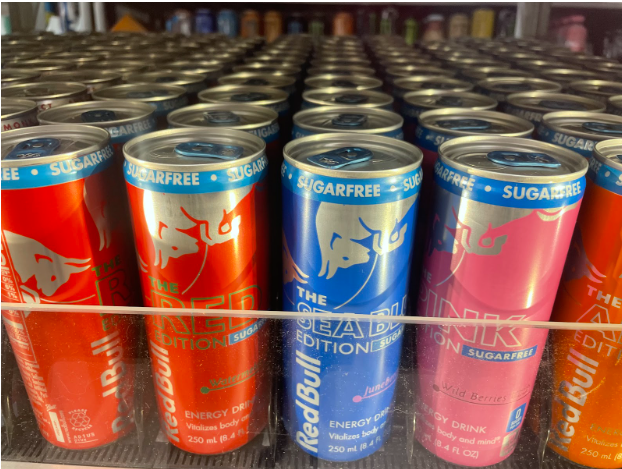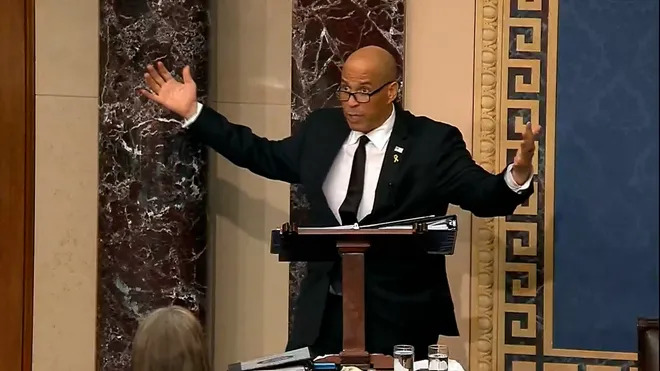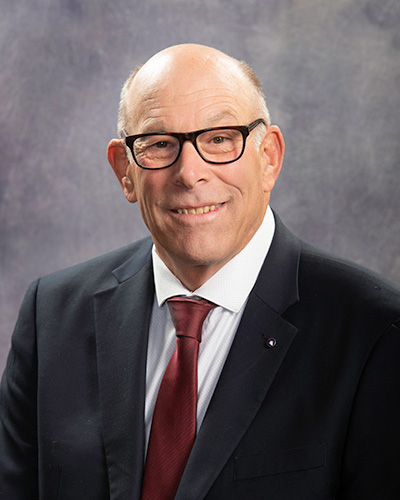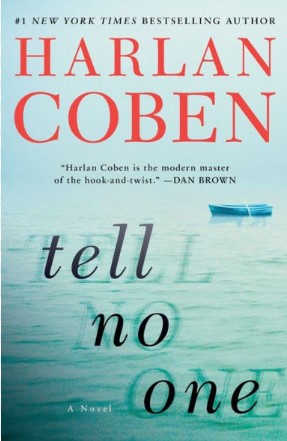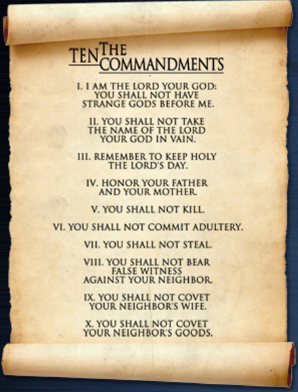Crowds stand and cheer as the Giants score their final touchdown. High five’s and shouts are passed around asAmerica’s annual football tradition comes to a close. The game may have ended but the party is just beginning.
Eighteen percent of Super Bowl viewers are 18 years or younger. This will be the audience most affected by the numerous ads trying to sell their alcoholic products. Teens indulge in alcohol due to the provocation of the media, their own free will, and the myths that the media creates.
The use of alcohol in the media provokes teens to drink.
“Animated cartoons like “Family Guy” are a big influence. All they work at is being funny, and a lot of their humor comes from drugs and alcohol,” said sophomore Joseph Wilmoth, who doesn’t drink alcohol. Many teens realize the influences of alcohol all around them, in more adult shows like “Family Guy” and even in children’s cartoons like “So Random.”
“So Random” has a segment called “The coolest kid in school.” This particular segment was based off of a Dos Equis beer advertisement. According to www.cada.org, under-aged youth are 32 percent more likely to be affected by alcohol advertisements than adults. A lot of provocation comes from the alcohol advertisements themselves.
According to www.drugabuse.gov, five alcohol commercials were shown during the 2011 Super Bowl. These commercials were based off of different themes, including humor, fun, romanticism, and problem solving.
“[I drink] because I like to party,” said one anonymous CMR boy. Alcohol influences teens by showing them why they should drink; they believe they can have more fun, it creates a romantic evening, and they can wash all their problems away with a drink. Teens see the influences because they are all around them.
“Media encourages you to drink more, but it doesn’t have any influence on me,” said an anonymous CMR boy. Many will not admit that media has an influence on them; they just drink for their own reasons.
Despite being influenced by the media, teens still have their own free will to drink.
“It’s more of a way to relieve the stress of high school” Wilmoth said. According to studies by the NIAAA, 51.7 percent of eighth graders have tried alcohol, and 80 percent of seniors have tried alcohol.
“One glass of wine is relaxing,” said an anonymous CMR boy, and according to him, “media makes it seem like it’s OK to be slobbering drunk.”
Some teens use alcohol as a way to escape, never having been influenced by the media.
“I think it’s just stupid people wanting to get drunk,” Wilmoth said. Teens may feel the stress of high school, but some take it too far.
According to www.abovetheinflunce.com, 5,000 people under the age of 21 die annually due to alcohol, and most the victims of car accidents.
Some teens drink as a result of the myths that the media creates. Alcohol is a depressant derived from natural fermentation of fruits, vegetables, and grains; these are then brewed and distilled into alcohol.
Alcohol damages the coordination, memory, judgment, and decision-making part of the brain. It can create long-term effects in the brain, stomach, liver, kidneys, and muscle in developing teens, and that can create permanent long-term effects. Alcohol is the leading killer of teens. Though these sobering facts are taught in high school health classes, advertisements never feature any of these negative facts. They make alcohol look appetizing by getting into their customers’ minds in order to increase sales.
Some of the myths are related to good times, parties, and fun, but what ads won’t tell their audience is that alcohol is also related to suicide and child abuse. Advertisers spend $2 billion a year targeting young people and alcoholics, by showing them what they want to see. Another myth is that drinking is a risk-free activity. How can it not be when people have so much fun drinking it? Never will you see an ad picturing a teenager putting a gun up to his/her head because he/she is too drunk to notice, and then because of impaired judgment he/she accidently pulls the trigger. That little something is what alcohol ads fail to mention when they are selling such a “wonderful” product.
Teens drink due to the media’s provocation of alcohol, their own free will, and the myths that the media creates. Every commercial’s focal point is either fun, romanticism, or problem solving; each of these ads supposedly targets alcoholics and teens. Teens know that alcohol is the leading killer of their age group. It is also the No.1 abused drug in America, but media creates myths that tell use that it’s OK to get drunk.


